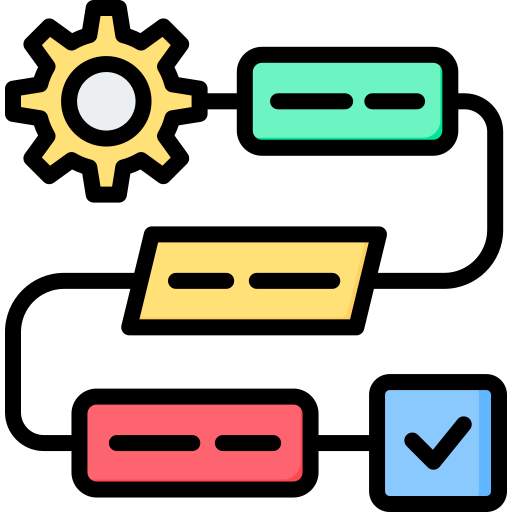When organizations evaluate new tools, systems, or vendors, a familiar metric often dominates the conversation: Total Cost of Ownership (TCO). But too often, TCO is framed narrowly — focusing on initial purchase prices or direct operating costs. What’s often missing is a process-oriented perspective that reveals how decisions ripple through operations, people, and long-term value.
Understanding TCO through a process lens is a strategic move that helps organizations avoid hidden costs, streamline workflows, and make sustainable decisions.
What Is Total Cost of Ownership?

TCO refers to the full cost of acquiring, operating, and disposing of an asset over its useful life. It typically includes:
- Procurement costs (purchase, taxes, shipping)
- Operating expenses (energy, licenses, consumables)
- Maintenance and support
- Training and onboarding
- Downtime and inefficiencies
- End-of-life costs (decommissioning, migration)
A solid TCO model accounts for all these elements — but without including how they intersect with your processes, you’re only seeing part of the picture.
Why the Process Perspective Matters
1. Processes Amplify or Mask Costs
Let’s say you adopt a new software platform. If it doesn’t integrate cleanly with your workflows, staff may rely on workarounds, duplicate data entry, or manual steps. The time lost here is real cost — not in invoices, but in labor, errors, and delay.
In contrast, well-integrated tools reduce friction, improve data flow, and shorten cycle times.
Takeaway: TCO should include the cost of process misalignment — not just technology.

2. Hidden Costs Are Buried in Workflows
Many overlooked costs live inside your business processes:
- Manual steps that increase handling time
- Vendor or solution limitations that inhibit your agility
- Poor user adoption that inflates training and support demand
Mapping affected processes helps you uncover these inefficiencies before they become costly surprises.
Takeaway: Don’t evaluate assets in isolation. Analyze how they fit into the larger operational system.

TCO Across the Process Lifecycle
To make TCO truly actionable, align it with the lifecycle of your processes:
1. Procurement and Planning
- Does the purchase require non-standard reviews or exceptions?
- How much staff time will evaluation and onboarding take?
2. Implementation
- Will processes need reengineering to accommodate the new system?
- Are integration steps clearly defined and supported?

3. Operations and Support
- How many teams are pulled into ongoing support?
- What is the process impact of downtime?
4. Training and Adoption
- Who needs training?
- Will ongoing updates require repeated retraining?
5. Decommissioning or Transition
- What is required to offboard the tool or migrate data?
- Are there compliance or audit issues?

Process Tip: Include stakeholders from IT, Operations, and Finance early to capture cross-functional impacts on TCO.
Cultural Costs: The Hidden Variable
Change fatigue is another TCO element that’s easy to overlook. Frequent tool changes or process disruptions can lower morale, slow adoption, and reduce productivity. These are intangible, but very real costs.
Using a process lens helps you:
- Avoid short-sighted decisions based on feature sets alone
- Sequence change in a way that minimizes disruption
- Align tech investments with long-term process goals

Decision-Making with TCO in Mind
To use TCO effectively, ask questions that link cost to process outcomes:
| TCO Factor | Process Consideration |
|---|---|
| Upfront Cost | How many approvals or custom exceptions are needed? |
| Integration | Will it create silos or bridge them? |
| Training | What’s the impact on team workflows during ramp-up? |
| Maintenance | How will this affect helpdesk or IT resource allocation? |
| Downtime Risk | What happens to daily operations during outages? |
| Exit Costs | How will data or compliance be handled at end-of-life? |
This lens helps you avoid superficial comparisons and base decisions on true long-term value.

Final Thoughts
The true cost of ownership isn’t just about money — it’s about how well an asset or decision supports your processes. A cheap tool that slows down your team or increases errors may cost far more in the long run than a slightly more expensive but better-integrated solution.
By taking a process-aware approach to TCO, you uncover hidden risks, reduce waste, and make decisions that support efficiency and growth — not just the bottom line.
If you require more comprehensive support on the topics above use the “Contact Us” link to reach out anytime!
Comprehend. Reimagine. Outperform.
